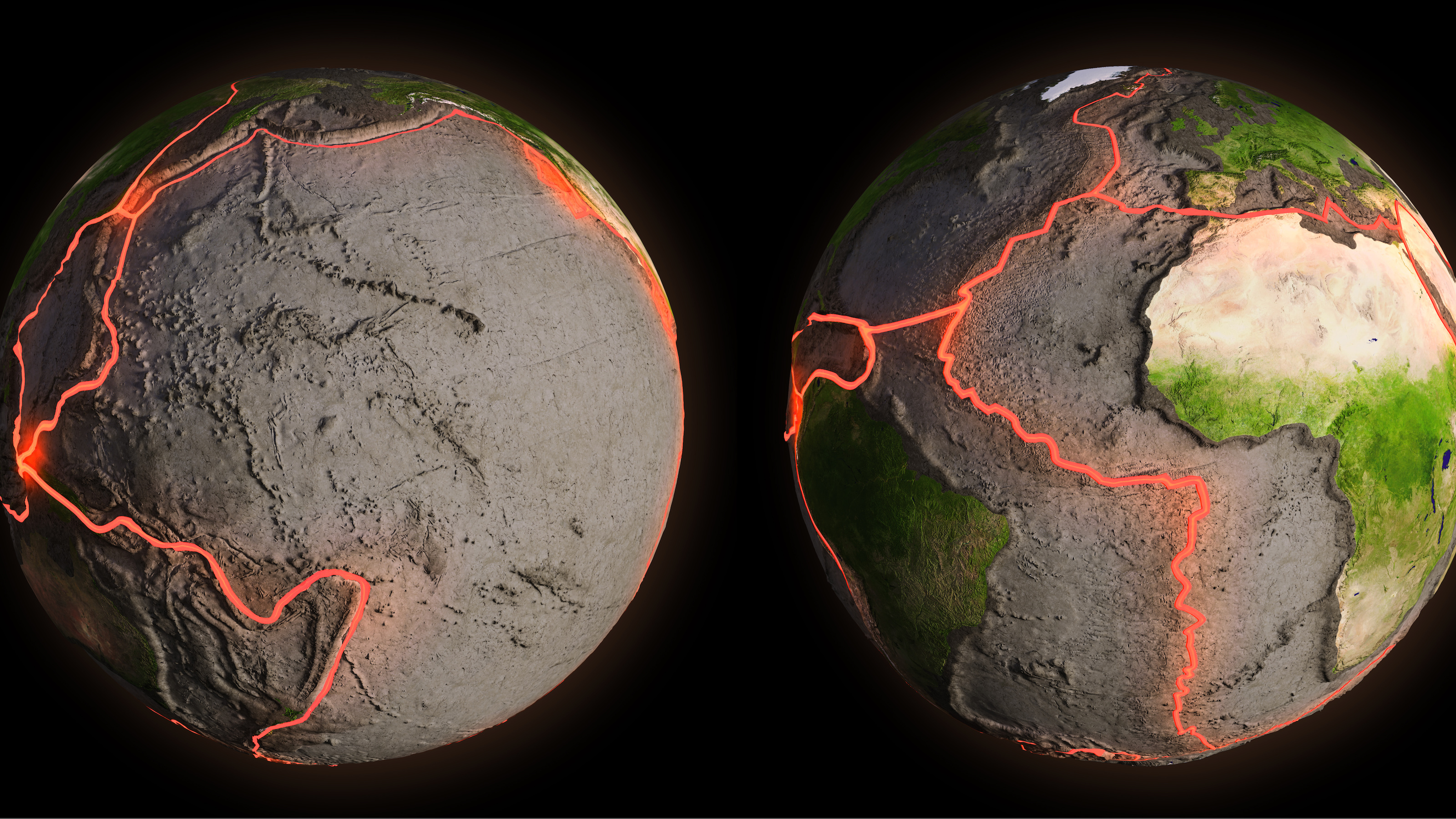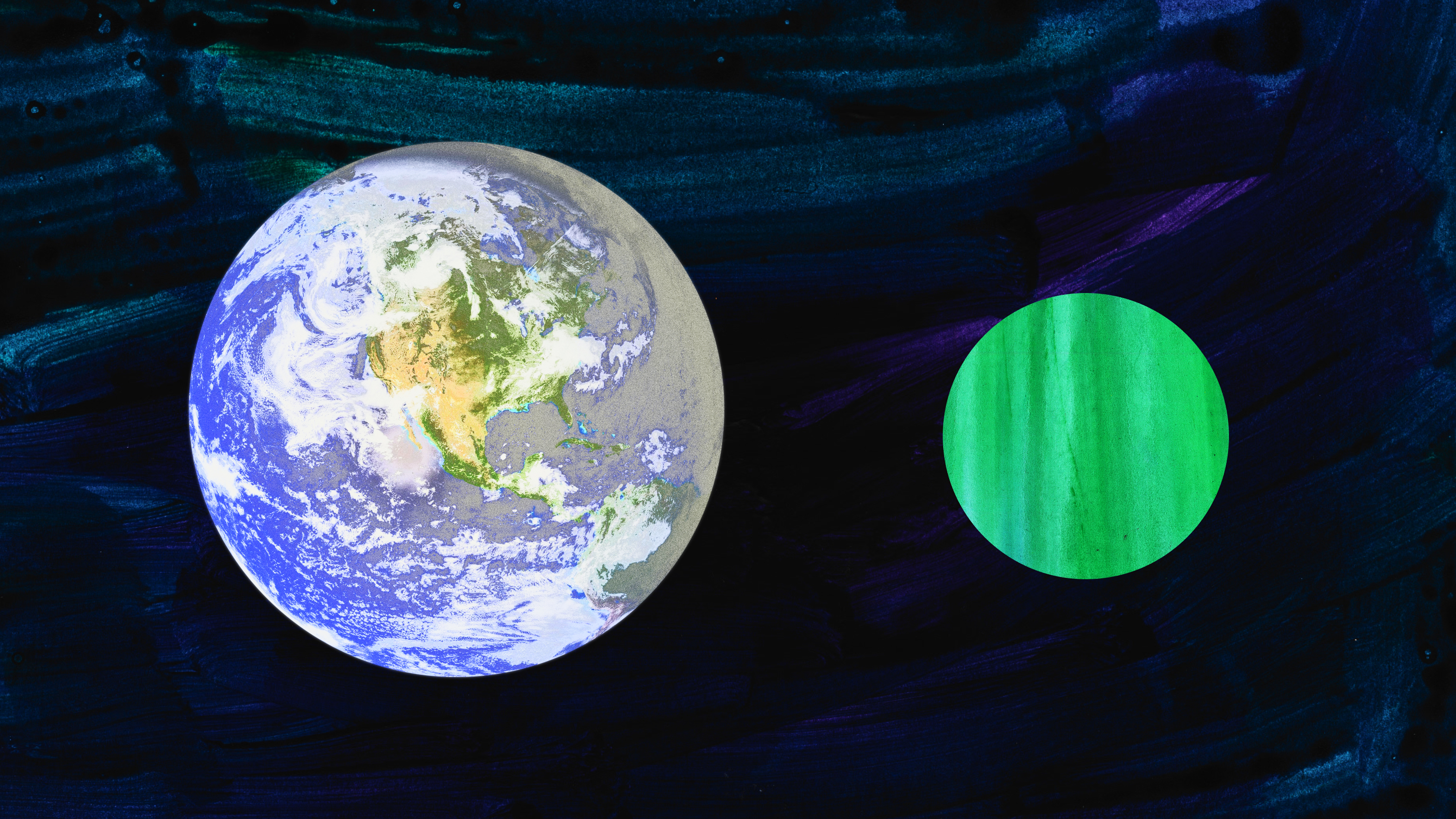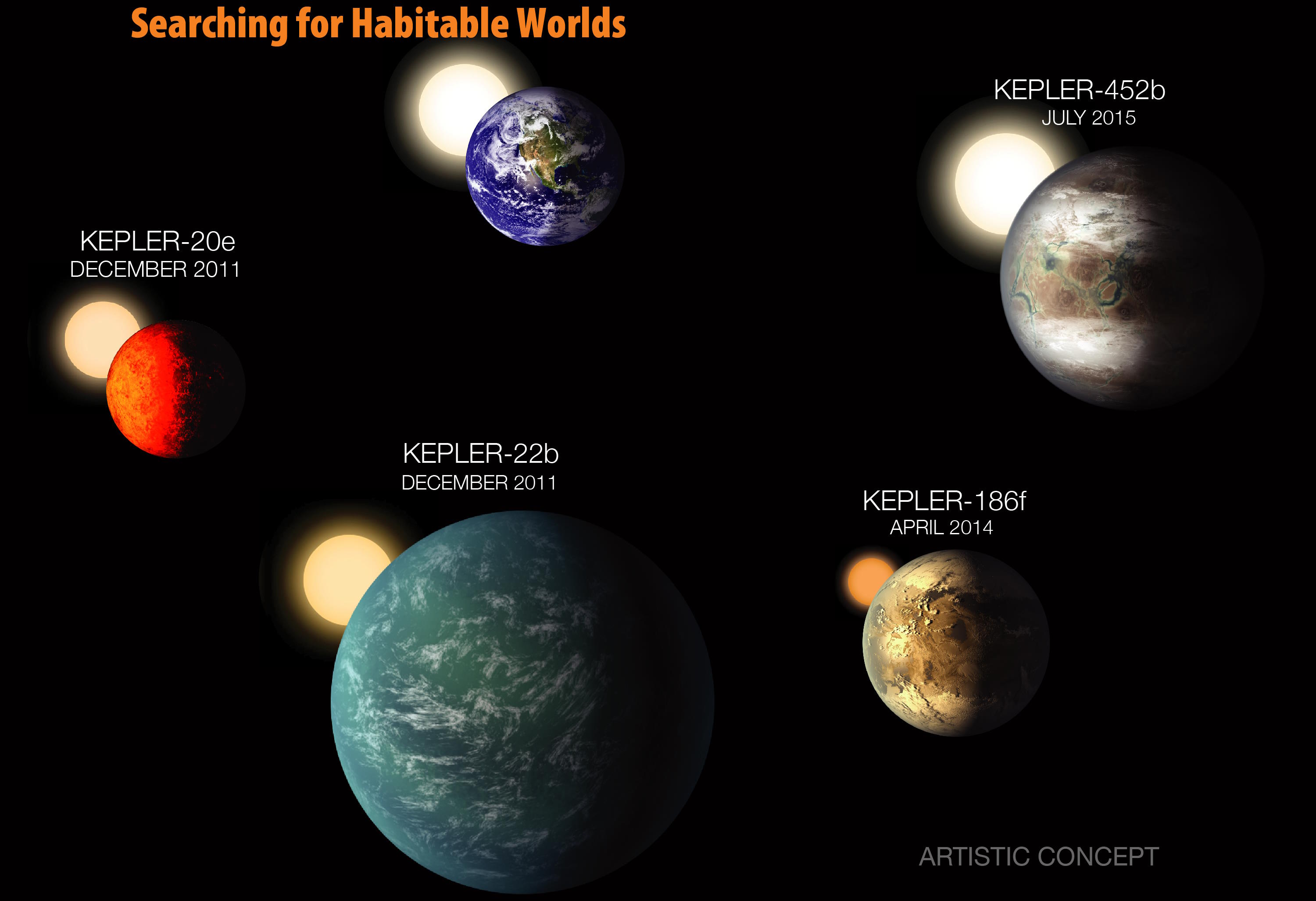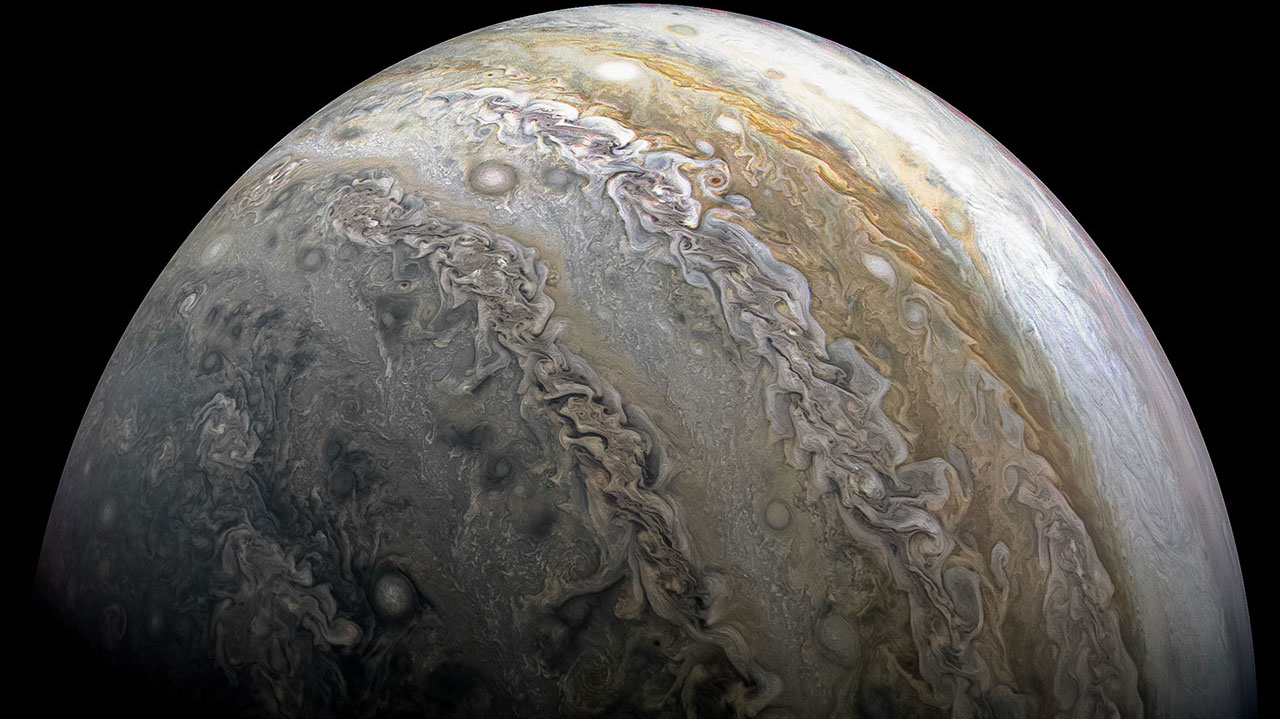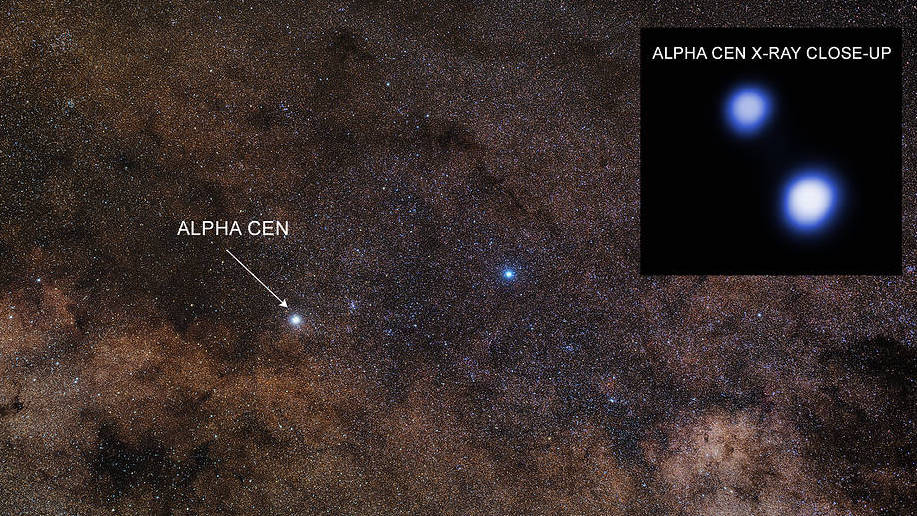A new Earth-sized, volcanic planet is a good candidate for harboring life
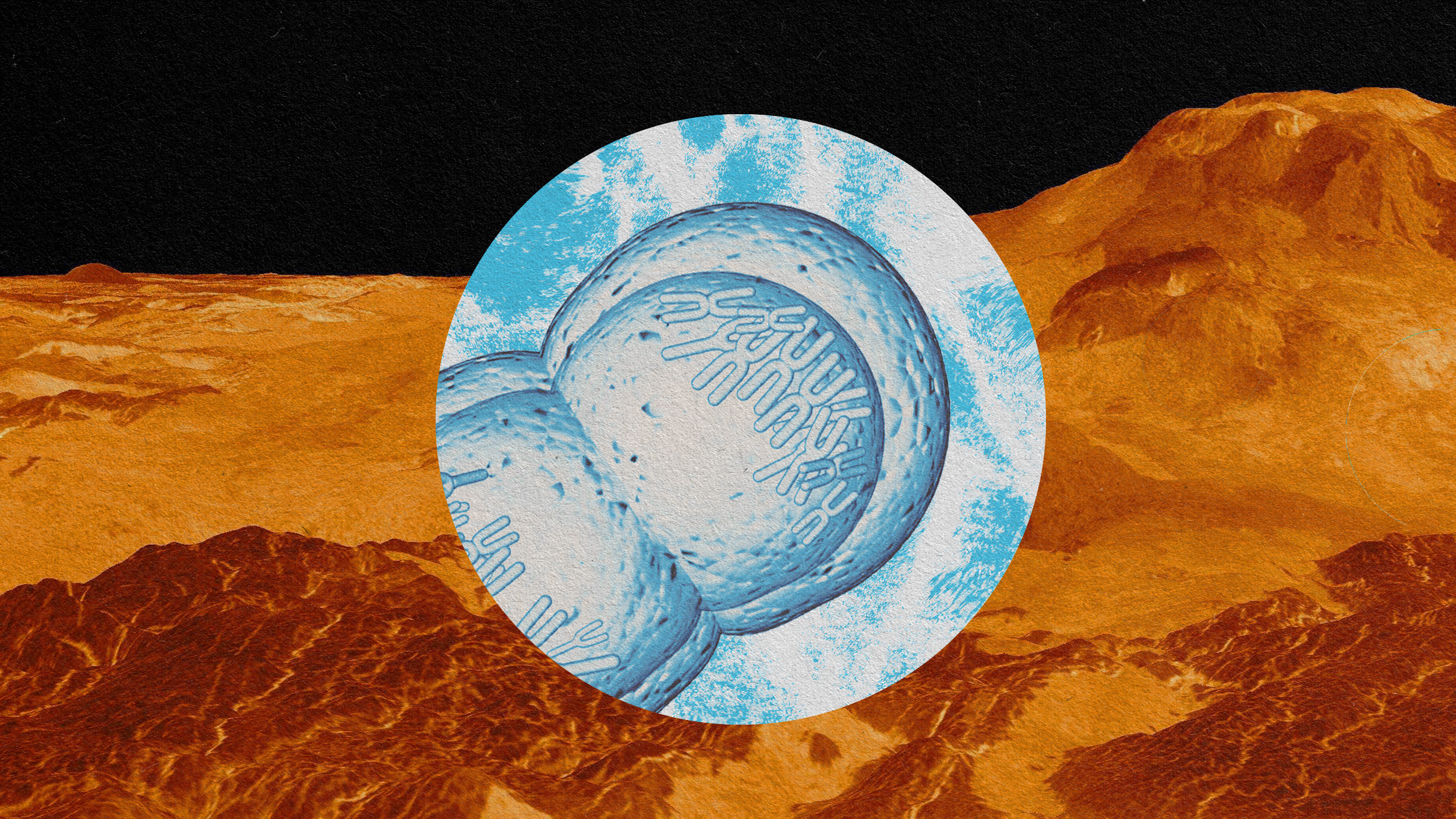
- A team of astronomers has discovered an Earth-sized planet, LP 791-18d, in a planetary system 87 light-years away, which is located in the habitable zone of its star and is expected to have significant volcanic activity.
- The planet, which orbits a relatively cool M-class star, has an orbital period of 2.75 days and is estimated to have surface temperatures slightly higher than Earth’s, potentially allowing for liquid water.
- Despite challenges such as being tidally locked and exposed to solar flares, the planet checks off multiple factors believed to be necessary for life.
New planets are discovered every day, but this one deserves special note: An international team of astronomers led by Merrin Peterson and Björn Benneke of the University of Montreal reports finding an extraordinary world, called LP 791-18d, in a planetary system 87 light-years from Earth. The planet orbits a relatively cool M-class star not much bigger than Jupiter in the constellation Crater.
Based on results from the TESS survey satellite and ground-based observations, astronomers already knew that this red dwarf star designated LP 791-18 is orbited by a super-Earth planet and another planet more like Neptune, only smaller. What’s exciting about the newly discovered Earth-sized planet is that it’s located in the habitable zone between the others, and is close enough to the Neptune-like planet that you’d expect it to have lots of volcanic activity.
The LP 791-18 system
First let’s take a closer look at the two previously known companion planets, which had already captured astronomers’ attention. The innermost one, LP 791-18b, is about 20% larger than Earth and orbits the star in a little less than a day. It is likely a hot super-Earth, meaning that it is rocky instead of gaseous, but is way too hot to support life. LP 791-18c — further out in a roughly five-day orbit — has about seven times the mass of Earth. Based on its distance and mass, it is likely a gaseous mini-Neptune.
The newly discovered planet, LP 791-18d, has an orbital period of just 2.75 days. That’s right, a “year” lasts only 2.75 days on this alien world. That proximity to the host star is good news, though, from an astrobiological perspective. Red dwarfs give out feeble heat and light compared to our own Sun, so the habitable zone is much closer in. Doing the math shows that LP 791-18d is right at the inner edge of this M star’s habitable zone, with average global surface temperatures a little higher than those on Earth. That should allow for liquid water on its surface, although exact temperatures depend on the type and thickness of the atmosphere, assuming there is one.
LP 791-18d is likely volcanic
The newly discovered planet is about as close to Earth-size as it gets. Its radius is estimated at around 1.03 Earth radii and its mass at 0.9 Earth masses. This could mean that its density is slightly less than Earth’s, which would still be enough to hold on to volatile substances including water. In fact, it may have more water than Earth!
The real surprise, though, is how close the new planet is to LP 791-18c, the mini-Neptune next door. When Peterson and Benneke’s team tracked the two planets’ orbits, they found that at their closest, they come within 1.5 million km of each other. That’s only four times the distance between Earth and the Moon! And just like our Moon, the mini-Neptune planet would exert tidal forces on the rocky world — enormous ones, in fact, strong enough to cause lots of volcanic activity on LP 791-18d. Based on their modeling runs, the authors conclude that the newly discovered planet has a subsurface magma layer similar to the one on Jupiter’s moon Io.
We think of volcanoes as destructive, but they’re actually conducive to life, at least in principle. Earth’s first atmosphere was created by volcanic outgassing, and without an atmosphere, life is not possible on a planetary surface. Our Moon, for example, has no volcanic activity (or, more correctly, not anymore), no atmosphere, and no life. Volcanism is essential for redistributing nutrients, especially if the volcanism is associated with plate tectonics.
A candidate for harboring life?
Would we expect LP 791-18d (we’ll probably need a catchier name) to harbor life? We don’t yet know the exact requirements for life, but this new world is rare in that it checks off more than one of the factors we think are required. Liquid water, preferably on the surface? Check (or at least likely). Atmosphere? Also likely. Volcanic activity? Very likely (though we hope not too much).
On the other hand, the planet’s proximity to its star means that it most likely is tidally locked, always showing the same side to its sun. That keeps one hemisphere perpetually warm, and the other perpetually in cold shadow. But there must be a transition zone between the hemispheres where more temperate temperatures prevail. And a thick atmosphere would soften the temperature extremes by redistributing heat, so life may still exist, even on a tidally locked world. The potentially habitable region would likely be small, however, and the swings in weather might be extreme. A global biosphere as pleasant as our own is rather unlikely.
M stars also are known to throw out lots of solar flares, along with large quantities of X-rays, which are not especially life-friendly. Our newly found planet could get hit hard. Again, though, a thick atmosphere plus a strong magnetic field (if there is one) could soften the blow.
Exciting as this finding is, we unfortunately cannot jump to any firm conclusions. We do not know of any other solar system quite like LP 791-18, so we could be off-target with our analysis. Luckily, there should be a way to get more detailed information. Given the star’s low luminosity and the short orbital periods of the planets, we should be able to determine their atmospheric compositions in the near future. We possibly can detect some of the gases already with the James Webb Space Telescope. Just imagine if LP 791-18d shows signs of oxygen and methane — two gases we think would indicate the presence of life if they occur at the same time. Now that would be an exciting discovery!
